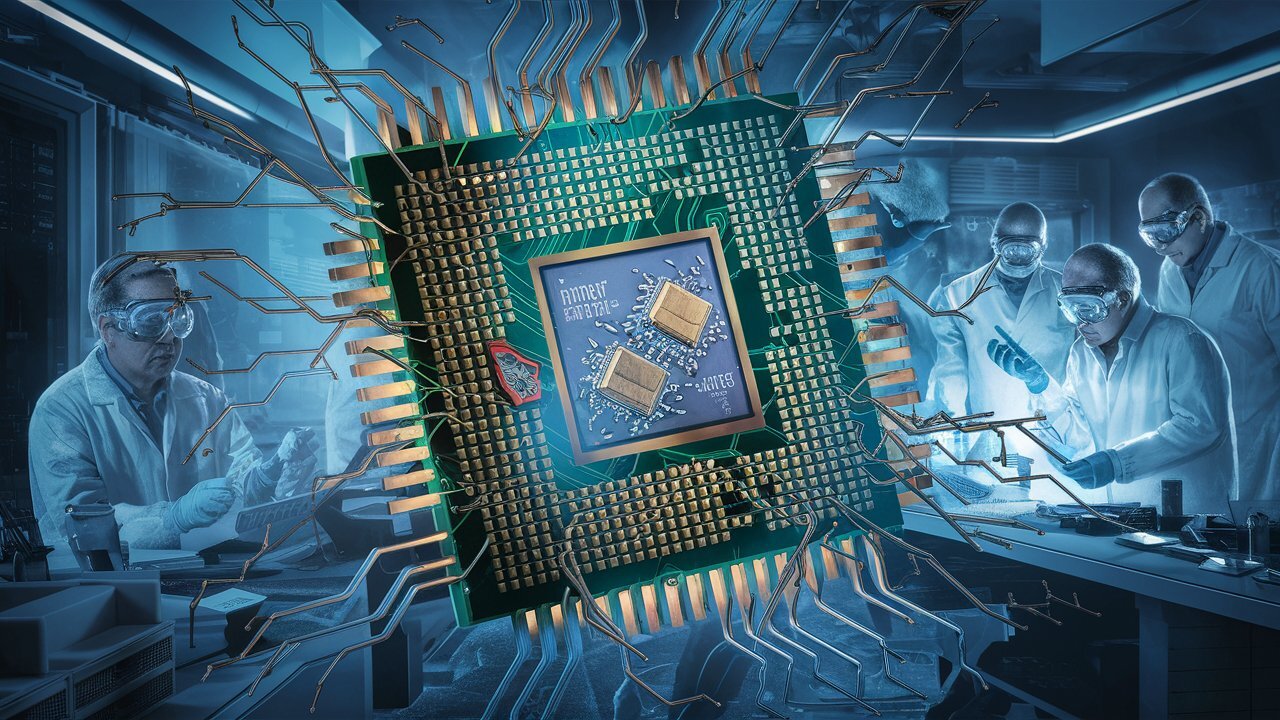The team from UC San Diego, Purdue University, Georgia Tech, University of Chapel Hill and Google will present their findings at the upcoming ASPLOS conference. In their Pathfinder article, they detail how these attacks exploit the “conditional branch predictor” in processors.
A branch predictor is a performance optimization function that predicts future program decisions based on past executions. Attackers have previously used this functionality by analyzing prediction tables.
Pathfinder exploits a new vulnerability: the path history record (PHR) in the branch predictor. PHR tracks not only the direction of branches (taken or not) but also the exact order of the final branches. This reveals significantly more information than previous attacks.
The research spurred chip makers to take action. Intel and AMD are expected to respond publicly to this threat soon.
Researchers demonstrated the effectiveness of the attacks by extracting secret images and compromising the encryption algorithm.
Source: Ferra
I am a professional journalist and content creator with extensive experience writing for news websites. I currently work as an author at Gadget Onus, where I specialize in covering hot news topics. My written pieces have been published on some of the biggest media outlets around the world, including The Guardian and BBC News.










